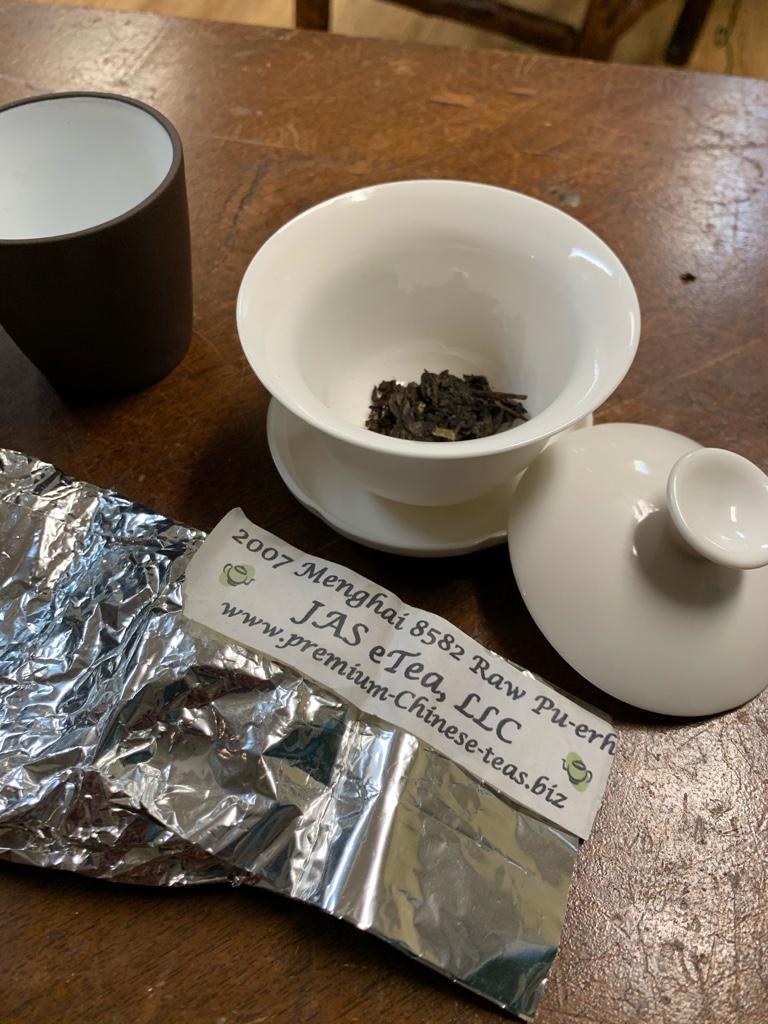Had a particularly interesting session with 2017 Yunnan Sourcing Impression today. I have had this one under pretty high humidity sealed in Marco style hot box. The texture was insanely thick and oily for something this cheap. It had a very juicy mouth coating. The rich nutty taste with reminders of peach and hints had suggestions of bitter coco. I think this one will age well. I have a few drier stored cakes and might move them into more humidity maybe just before I consume them. Feels very comfortable in the body for being likely plantation material.
Peace
Peace



